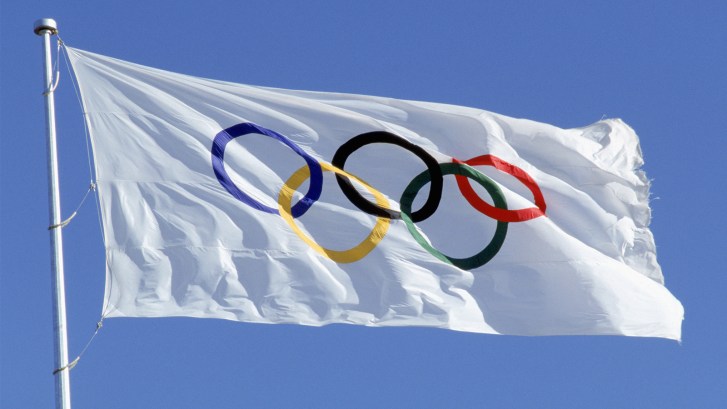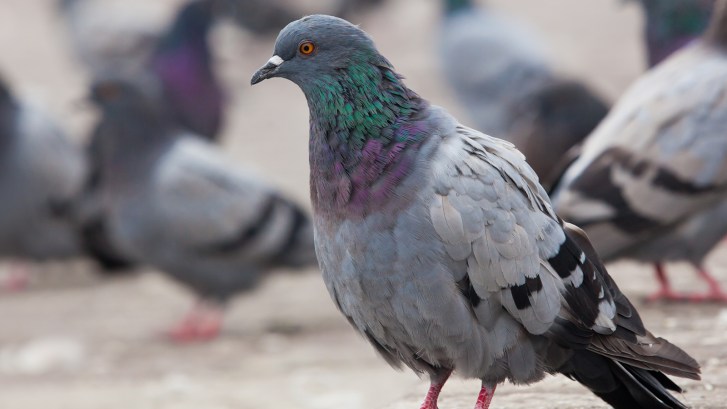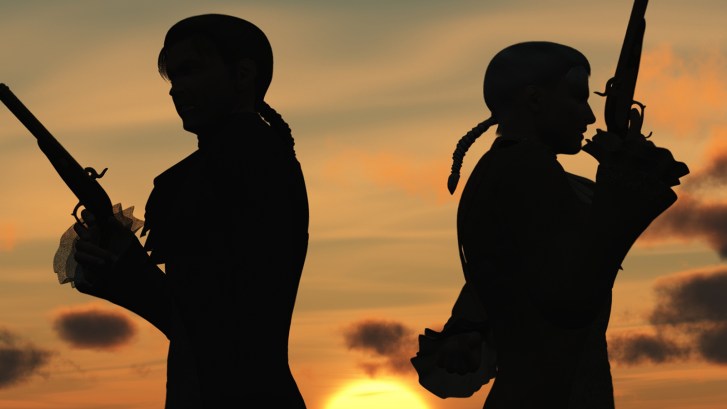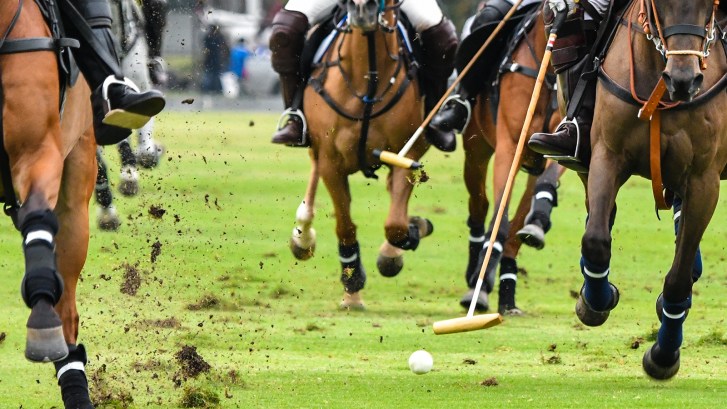There isn’t a single sporting event on the planet that boasts the prestige of the Olympics, which has come a long way since the competition that can be traced back to ancient Greece was rebooted in Athens in 1896.
Those Games obviously looked a bit different than the ones that were staged in the days of chariot races, and the same can be said when comparing the modern ones to the event that was held at the end of the 19th century.

Getty Image
The Olympics are a constantly evolving competition, and the powers that be are constantly tinkering with the lineup of events that are featured.
When the Olympics were held in Tokyo in 2021, they boasted a grand total of 33 unique sports, but that number dropped to 32 in Paris thanks to some reshuffling that involved the temporary removal of baseball and basketball (which will return in Los Angeles in 2028) as well as the addition of breakdancing.
There’s no telling what other sports will be added and dropped in the future, but if I had to put money on it, I’d wager there are more than a few that were featured at the Olympics at one point that will probably never be coming back.
Tug Of War

iStockphoto
Most people probably haven’t played tug of war since they were in high school, but it was an Olympic sport for two decades after being introduced in 1900 before being removed in 1920.
Teams were initially comprised of six people, but that number dipped to five in 1908 before eight became the standard for the remainder of its Olympics existence.
There was also an interesting rule that allowed countries to field multiple teams, which led to the United States winning the gold, silver, and bronze medals in St. Louis in 1904.
Rope Climb

iStockphoto
I’m going to stick with the theme of rope-related activities the average person probably hasn’t experienced in decades with an event that was featured four times at the Olympics between 1896 and 1932.
Style was initially taken into consideration when the rope climb debuted at the inaugural modern Olympics in Athens, but the focus eventually shifted exclusively to the speed at which competitors were able to scale a rope that measured between 24 and 26 feet.
The United States was historically the team to beat, as it racked up a total of six medals (Greece and Czechoslovakia were second with two apiece). Two of those were gold, including the one George Eyser secured in 1904 even though he had a wooden leg due to an injury he sustained after being run over by a train as a child.
Ballooning

iStockphoto
In 1783, two Frenchmen became the first people to successfully take flight for an extended period of time when they boarded a hot air balloon in Paris.
As a result, it makes sense that ballooning was part of the Olympics when the City of Lights hosted the competition for the first time in 1900 (it was also the last time the event was featured).
The events revolved around distance and duration of flight, and Henry de La Vaulx set a record in both of those categories by traveling 1,925 km in the air from Paris to Kyiv, Ukraine during a trip that lasted for over 35 hours.
It may have been discontinued (it’s also worth noting the IOC hasn’t technically acknowledged it as an official event—as is the case with many others that were held in 1900), but it did get a nod at the Paris Olympics thanks to the unique torch that was lit at the Opening Ceremony
Live Pigeon Shooting

iStockphoto
As was the case with ballooning, pigeon hunting hasn’t been officially recognized by the IOC, but I’m going to count it when you consider multiple events were held in conjunction with the Olympics in Paris in 1900.
The Paris Pigeon Shooting Club (a thing that existed at one point in time) was appropriately the site of a competition where six birds were released at once and shooters were only eliminated when they missed two shots.
When everything was said and done, close to 300 pigeons were killed between events where the winners shot down 22 and 21 apiece.
If there’s anything on this list that definitely won’t ever return to the Olympics, it’s this one.
Running Deer Shooting

iStockphoto
As much as I’d love to tell you there was also an Olympic event where competitors were tasked with shooting real, actual deer, that is not the case.
With that said, the 100m Running Deer shooting event was featured from 1908 to 1948 and tasked athletes with firing at the target on a fake deer on a track that traveled 75 feet in the span of four seconds.
Depending on the format, athletes either had one or two shots to hit the target, which initially featured concentric circles worth 4, 3, and 2 points before it was swapped out for a deer target with five different possible scoring locations.
Pistol Duels

iStockphoto
There may not have been any live targets in the previous event, but the same can’t be said for the pistol duels that were held for the one and only time at the Summer Olympics in London in 1908.
As you can probably guess, the duels in question differed from their historical counterparts, as participants were armed with wax bullets and wore protective equipment that covered their faces and bodies.
The French took home the gold in the 20m competition, while Greece topped the podium in the 30m.
Croquet

iStockphoto
Croquet was only held a single time at the original Paris Olympics in 1900, and it does have some historical significance due to the fact that it was the first sport to feature female athletes (three women comprised the field of 10 competitors, all of whom hailed from France).
It’s safe to assume part of the reason croquet wasn’t brought back in 1904 was the fact that a grand total of one person paid for a ticket to watch it, and a report penned by Olympics that asserted it had “hardly any pretensions to athleticism” definitely didn’t help its case.
Art

iStockphoto
Most people understandably associate the Olympics with athletic competitions, but there was a brief period when the Games honored some slightly more intellectual pursuits.
When the Olympics headed to Stockholm in 1912, artists from around the world were given the chance to throw their hat in a ring to win the medals that were handed out for the best literature, music, painting, sculpture, and architecture (most of which were broken down into subcategories for various disciplines).
The practice lasted until 1948, but the following year, the IOC decided to discontinue it after determining the vast majority of entrants were professionals and therefore violated the spirit of a competition that prided itself on amateurism at the time.
Polo

iStockphoto
Water polo is still alive and well at the Olympics, but the same can’t be said for the equestrian version that inspired it.
Polo debuted at the Olympics in 1900 and appeared three more times before it was discontinued in the wake of the Games in Berlin in 1936.
Great Britain won more medals than any other country with a grand total of six, but it ended up tied with Argentina in the gold column with two apiece (although it’s worth noting the former did top the podium with the help of the Americans that comprise the mixed squad that won it all in 1900).